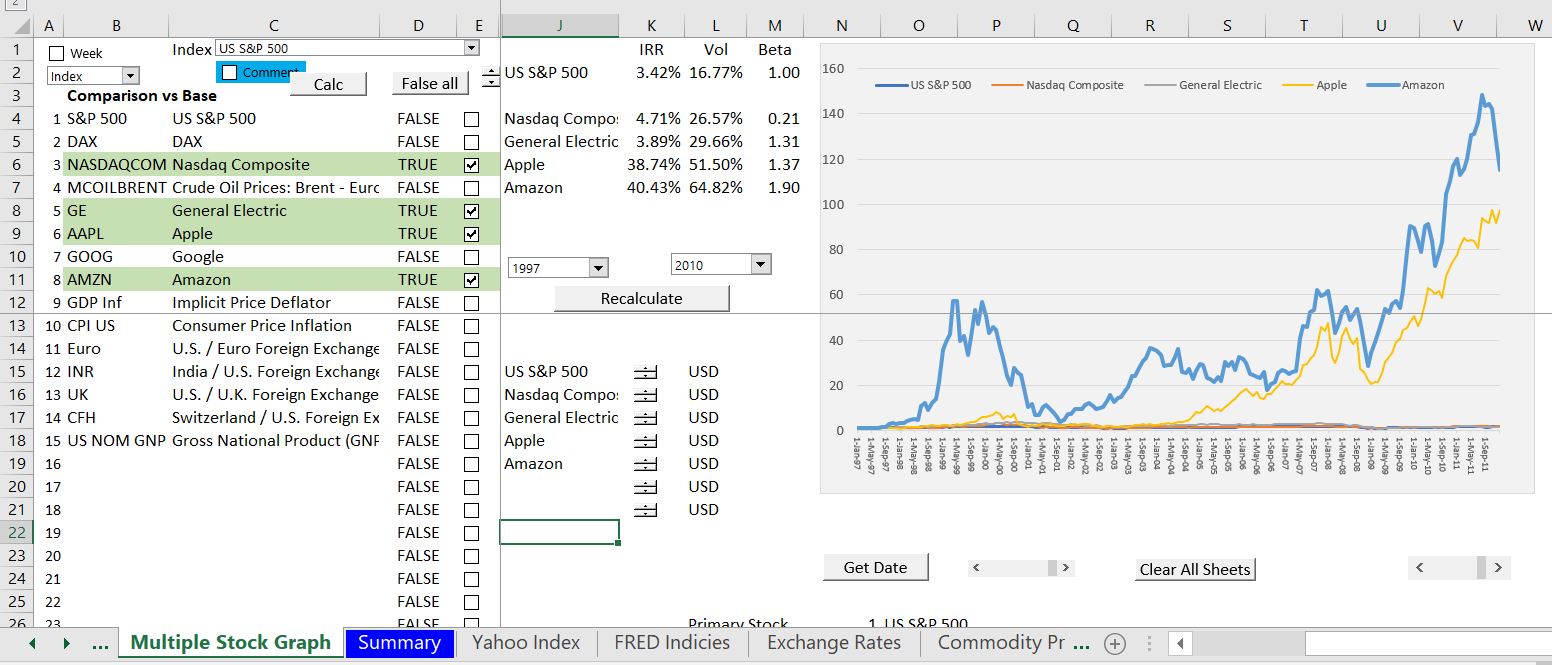

We have generally found that it is most appropriate to work from the data storage first, up the stack to the final API. Prisma specifically is focused on the data layer.ĭuring development, Prisma automatically updates the underlying database to reflect changes in the SDL that represent your data storage model. We have also found that GraphQL SDL is a great format for domain experts and developers to experiment with the domain. "By having all important interfaces documented in a format that is easy to glance, it's much easier to talk about an entire system as a whole. Schickling believes the GraphQL community is really coming together around the idea of schema-first development, and he sees GraphQL SDL as the foundation for all interfaces between systems: Both ways have their proponents and are supported in many ORMs. Some people prefer creating a domain model and then generating a persistence layer from it, others prefer designing their database and then mapping it to their domain model. This also enables GraphQL for database solutions to work either from the database to the application, or the other way round. SDL enables developers to define a schema governing interaction with the back-end that GraphQL servers can then implement and enforce. From the database to the application, or from the application to the database?Ī significant recent addition to GraphQL was SDL, its schema definition language. For HyperGraphQL, the emphasis is on providing an alternative for SPARQL that would be easier to work with for developers, while shifting the complexity of federated querying that SPARQL provides from the query level into the GraphQL server. Klarman does not have much to add there, as ORMs for RDF graph databases do not exist (although other APIs to access them do). Read also: TigerGraph, a graph database born to roar We have to note, however, that ORMs if nothing else have been around for longer, so we can expect them to be more mature. And it does make sense that batching a lot of queries would be more efficient than handling each one separately. So, both Gillam and Schickling seem aligned here. GraphQL, when used well, enables clients to easily eradicate these under-fetching and over-fetching woes." ORMs also tend to over-fetch data - fetching columns or even whole rows that won't be needed. This leads to frequent alternation between data fetching and code execution, causing increased latency and heavier load on various parts of the infrastructure, increasing the need for caching. So, how similar are those GraphQL access layers to an ORM?īy contrast, ORMs typically don't 'know' what data they need up front - they discover their needs a bit at a time as the code reaches the relevant points during execution.

ORMs let developers map tables in relational databases to domain objects, thus making it easier to work at a higher abstraction level, and offering a hub for database access that can add services such as caching to the mix. Is GraphQL for databases a glorified object-relational mapping layer?įor anyone familiar with object-relational mapping (ORM), the idea of adding a layer between the database and applications that use it should be familiar. There is another effort in this area, Hasura, but its people did not respond to requests for comment. HyperGraphQL works with RDF graph databases, was developed as an open-source project during Klarman's stint with Semantic Integration Ltd, and is in somewhat of a flux at the moment. Prisma works with MySQL, Postgres, and MongoDB, has more in its list, and just raised $4.5 million in a seed round. In a nutshell, PostGraphile works with Postgres, and is what Gillam's work is focused on, supported by Patreon and PostGraphile-related consulting work. Read also: AWS Neptune going GA: The good, the bad, and the ugly


 0 kommentar(er)
0 kommentar(er)
